Written by: YAN Haowen, LIU Xu
Translated by: YU Shuangshuangg, WANG Yumeng
Edited by: William Mosteller
Date: 6-11
On June 6th, People's Daily, with the title “A post-90s student micro-nanosatellite R&D team from Harbin Institute of Technology make lilacs bloom in the starry sky", reported the story of struggle of an HIT student satellite team pursuing their dream of making China a powerful country in aerospace through text, pictures, video and audio. The full text of the report is as follows:
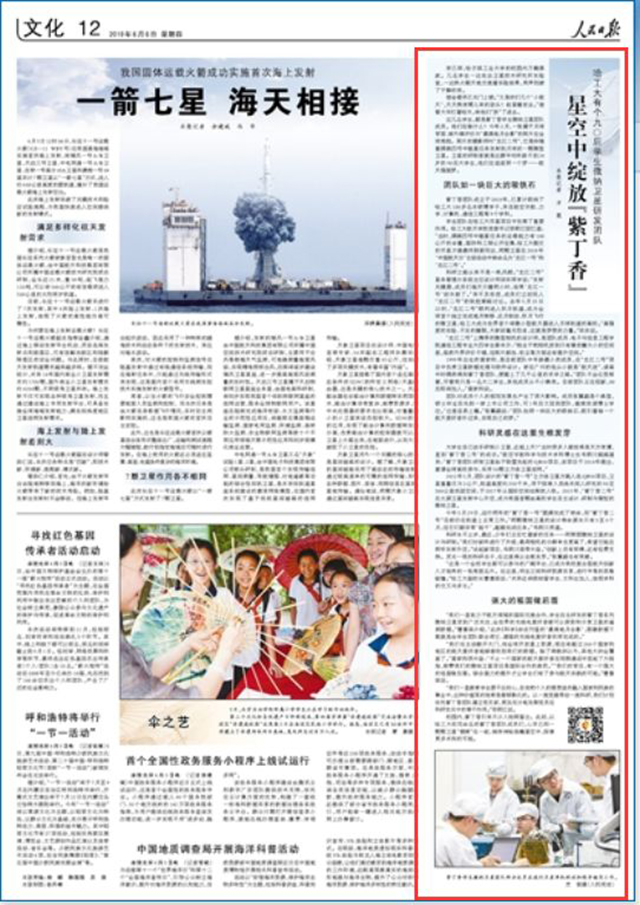
It was late at night and everything was quiet on the campus of Harbin Institute of Technology. Several students walked out of the Satellite Technology Institute lab, sharing the results of the experiments with enthusiasm and laughing through the quiet night.
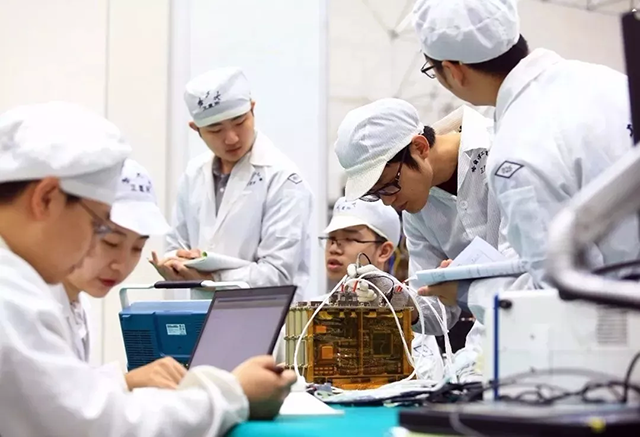
The dormitory building was locked. "It's you guys again. Where do you get so much energy from staying up all night? Go to sleep now." The supervisor of dorm yawned and let them in.
These students are all members of the Lilac student micro-nanosatellite team. What are they busy doing? In February, a photograph taken on the far side of the moon was unveiled around the world, which was regarded by foreign media as “the most beautiful photo of the Earth and the Moon”. The photographer is the satellite Longjiang 2, a microsatellite launched to the moon with the Chang'e-4 relay satellite mission. The developers of the satellite are college students of the post-90s generation, whose average age is less than 24. They are chasing the same dream—the dream of making China a space power.
The team is like a giant magnet
The Lilac team, founded in 2010, has boasted more than 100 HIT undergraduate and doctoral students from nine disciplines, such as aerospace, mechanics, computer science, communications engineering, and so on.
The team played an important role in the HIT binary project. LI Mingjiang, party secretary of the School of Astronautics of HIT, recalled: “At that time, the Chang'e 4 relay satellite mission had an extra carrying capacity of 100 kilograms. The State Administration of Science, Technology, and Industry for National Defense solicited proposals from the public, and the two-star plan submitted by Harbin Institute of Technology stood out. The two satellites were named Longjiang 1 and Longjiang 2 at the 2018 Space Day of China.”
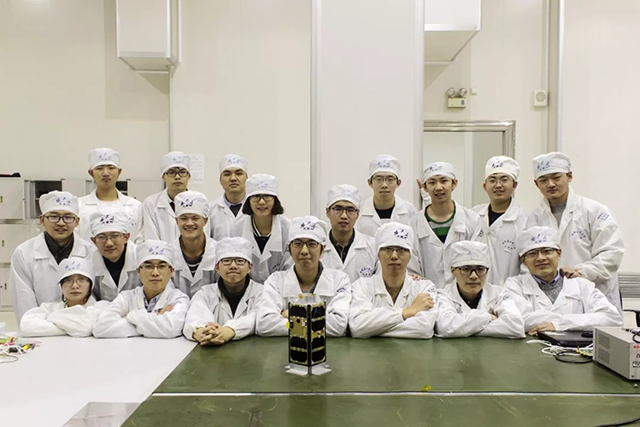
The road to scientific research has never been smooth. QIU Shi, chief designer of the satellite management subsystem of Longjiang 2, said: “During the critical launch period, our members slept only two hours a day, but the Longjiang 1 ended up with a loss of communication.” Instead of wasting time grieving, all the members immediately devoted themselves to the discussion of the Longjiang 2 orbit control strategy. At 10 p.m. on May 25 last year, Longjiang 2 successfully entered the lunar orbit, becoming the first micro-satellite in the world to complete the earth-moon transfer, braking at perilune, and circumlunar flight independently. Harbin Institute of Technology became the first university in the world to put a micro spacecraft into lunar orbit. "High-intensive experiments and lack of sleep, with no one complaining—that’s the power of dreams," QIU Shi said.
The designer of the miniature camera carried on Longjiang 2 is TAI Mi’er, a senior student majoring in communications engineering at the School of Electronics and Information Engineering. “It's the equivalent of putting the camera in an eraser-sized space,” he said. “Although it's well received, there's still room for improvement in terms of color, correction, and so on.”
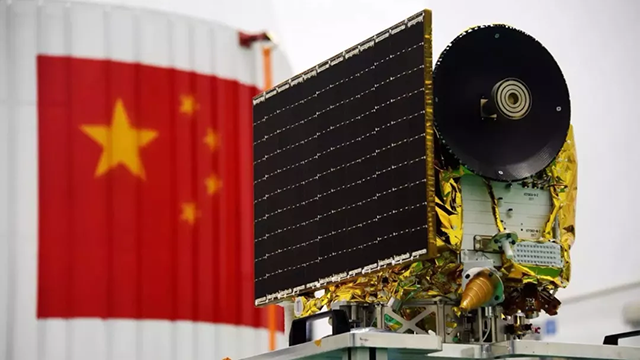
HUANG Jiahe, born in 1999, is the youngest member of the team and is responsible for satellite data processing and software design in the Longjiang 2 project. Coming from Guangzhou, he has been a “space fan” since he was very young. When he was in high school, having accidentally learned about the Lilac team, he determined to pursue further study at HIT, which is thousands of kilometers away from his hometown. “Our team never judges by seniority. Even though I'm only a sophomore, the rest of the team never underestimates me. Our team is recruiting new members and we also welcome the post-2000s generation to join our team," HUANG Jiahe said.
The team has also had a significant impact on the planning and development of individual members. ZHANG Jiyao is a typical member, who worked in a listed company after graduating with his master’s degree. However, a year later, he came back to the team and continued to study for his doctorate. “It’s addictive,” Zhang Jiyao said, “The team is like a huge magnet, attracting every space enthusiast rushing to realize their dreams.”
Scientific inspiration takes root to germinate here
Can college students develop and launch small satellites by themselves? "At that time, many people thought it was a fantasy until the success of ZiDingXiang II," Wei Mingchuan, a doctoral student in Aerospace Science and Technology, explained. "The ZiDingXiang team started developing the satellite under the QB50 mission. The mission was proposed in 2010 by the European Union, which invited universities around the world to participate in the construction of a network of 50 cubic satellites."
In May 2012, the ZiDingXiang I cube satellite program designed by the team was selected for the QB50 mission. The satellite weighed only 2 kg and had an orbital altitude of about 350 km. It was selected to explore 90 to 300 km of low-level space that has not yet been studied in depth by human beings. It was released into orbit from the International Space Station in 2017. In 2015, ZiDingXiang II was launched from the Taiyuan Satellite Launch Center, becoming the first micro/nano satellite designed, developed, and controlled independently by university students.
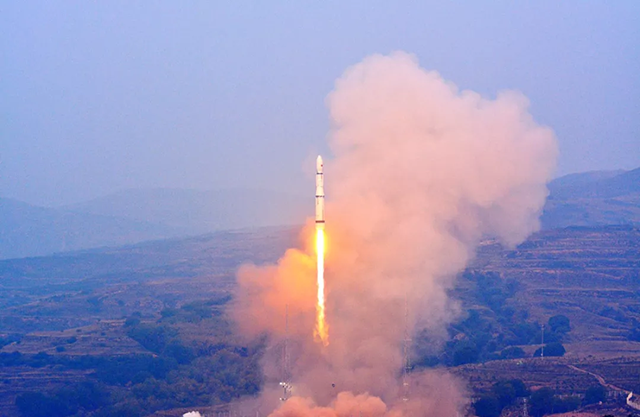
On March 29 of this year, after two years in operation, the ZiDingXiang I successfully completed its mission, while the ZiDingXiang II is still in normal operation in orbit. "The design life of the two micro/nano satellites was originally only three to six months, but they were very "capable" and surpassed the expectations for their mission," Wei Mingchuan laughed.
Scientific research never stops. Recently, the students of this team are busy with new tasks—the design and development of a new mission: the ASRTU micro/nano satellite. "We have upgraded the components and improved the resolution of the payload camera. We hope it will be launched next year." When talking about the new project, Wei Mingchuan was excited. "There are no constraints on innovation and financial support. Sudden scientific research ideas can take root and sprout here." Zhang Jiyao also said he felt the same way.
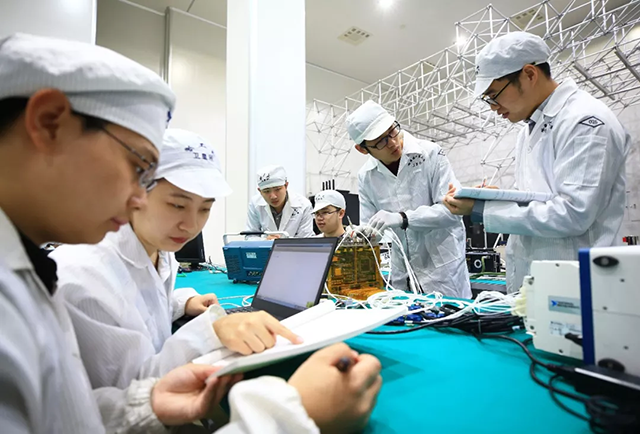
"This is a vast platform for all students to participate in, and it has become a bright business card for the cultivation of innovative aerospace talents in our university. Here, supervisors and students share scientific research resources and have an equal collision of thinking." Cao Xibin, vice president of Harbin Institute of Technology, said, "In the future, in order to reflect the intersection and diversity of disciplines, foreign students and liberal arts students will be recruited."
Powerful motherland as backing
"We have been committed to international exchanges and cooperation in the field of aerospace. The students' self-developed ZiDingXiang micro/nano satellites have attracted wide attention. Radio enthusiasts all over the world can access and share telemetry data from the satellites." Cao Xibin said, “’A group photo of the Earth and the Moon’ once published in Science magazine, was downloaded by a team of students in conjunction with radio enthusiasts from the Netherlands and Germany."
"We have also actively opened up our resources on the satellite to the world. Now space enthusiasts from more than 200 countries and regions can receive our data. Except for Antarctica, all other continents are covered." Huang Jiahe is very excited. He said, "More than one country's space enthusiasts raised their thumbs up in the video call and praised our micro/nano satellite mission as a model of international cooperation." “Behind us, there is a strong motherland backing us. The promotion of comprehensive national strength makes it possible for students to participate in space practice," Cao Xibin said.
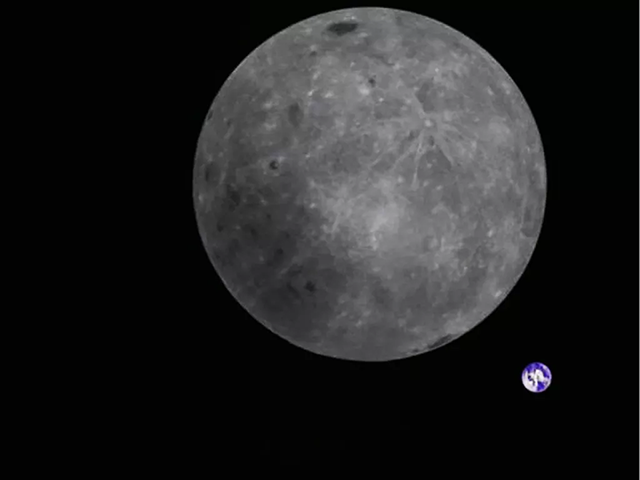
"We have been educating students to not forget their original intentions and consciously integrate their personal ideals into the cause of the country and the nation. The cultivation of such values is subtle. With the aim of first-class Party building to drive first-class scientific research, we plan to build a Party branch based on the ZiDingXiang team in order to fully manifest the key role of party members in scientific research," Li Mingjiang said.
On campus, lilacs attract many people to take pictures. At this moment, members of the ZiDingXiang team, named after the School Flower of Harbin Institute of Technology, have already "bound" their hearts with the satellites, wandering the mysterious, vast, starry sky and exploring more unknown possibilities.


